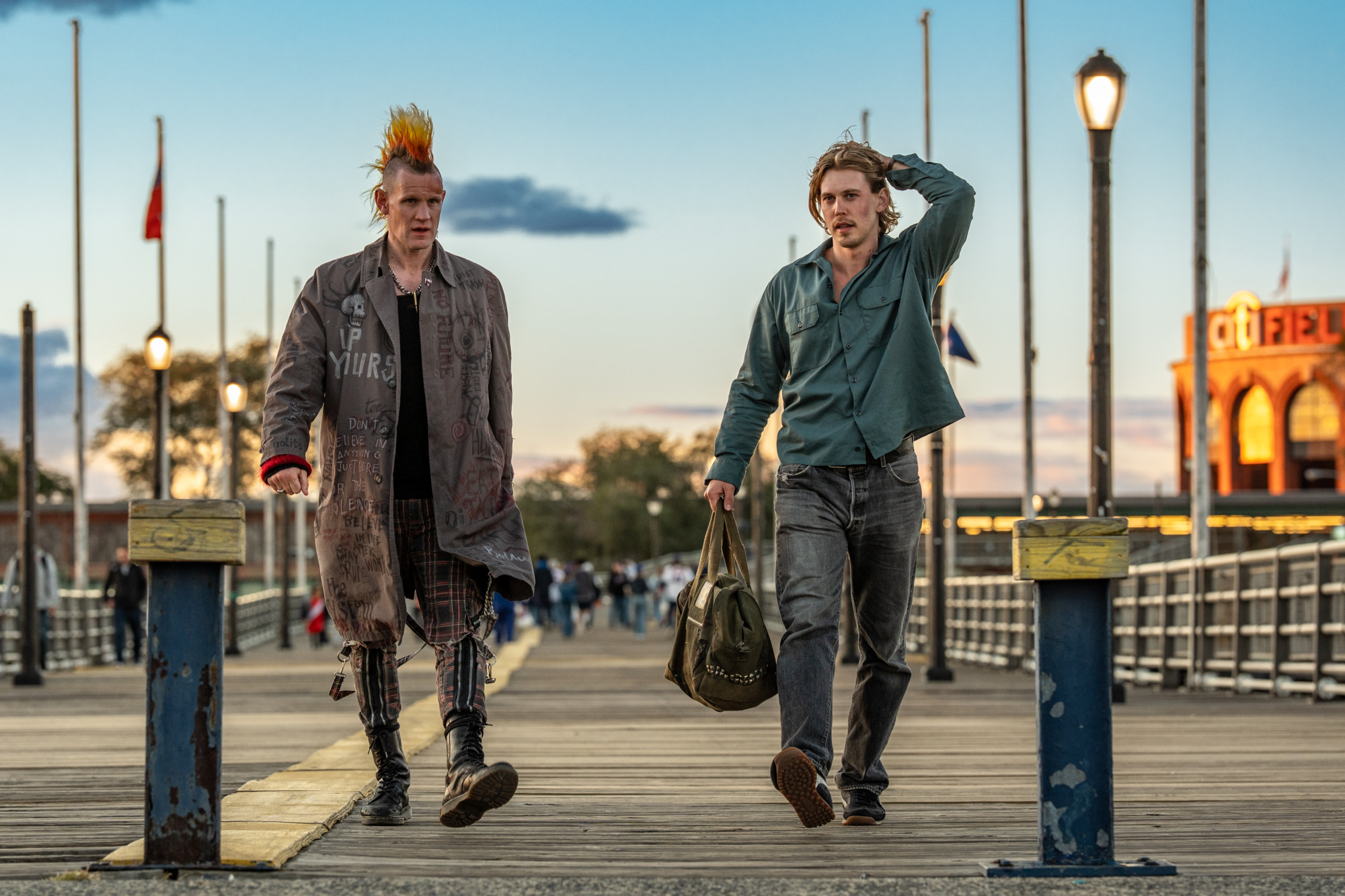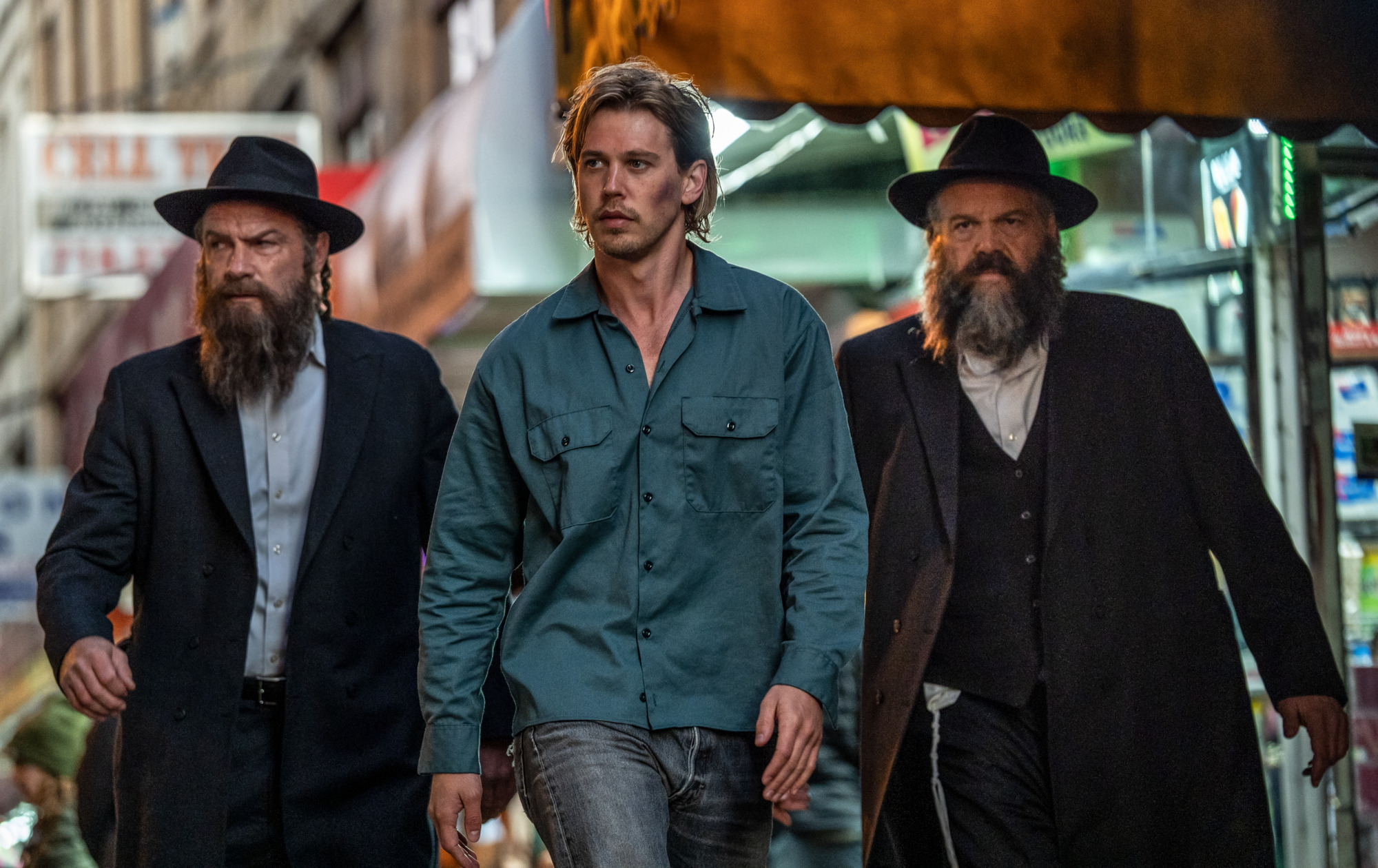Gangsters were cinema’s first immigrants but Aronofsky’s Caught Stealing forgets why
'Caught Stealing' pays homage to the immigrant gangster genre but can’t compete with its greats

The myth of the American dream has been pulled apart no more so onscreen than in the gangster genre. Street-smart kids and savvy opportunists – usually from immigrant backgrounds – rise through the ranks of a society hostile to outsiders by sidestepping its rules. Once they become kingpins of their own murky empire, they search for the capital, power or acceptance they were once denied, only to meet their downfall. It’s a narrative arc traced again in Darren Aronofsky’s latest, Caught Stealing, an often brutal, gonzo rollercoaster through 1990s New York and its grimy criminal underbelly.
But Aronofsky’s protagonist is no disenfranchised anti-hero. Hillbilly, baseball obsessive and mummy’s boy Hank (Austin Butler, in a near antithesis to his slick role in The Bikeriders) lives in the Lower East Side of Manhattan. After he agrees to cat-sit for his British neighbour (Matt Smith) – a punk in more sense than one – Hank is caught in the crosshairs of the city’s warring drug lords, unwittingly reeled into a battle between the Russian mafia, a Puerto Rican gun toter (Bad Bunny), a corrupt cop and two fraternal Orthodox thugs (‘the Hebrews’).

Darren Aronofsky and Austin Butler on the Caught Stealing set
Subverting the immigrant gangster sub-genre, where the main character is forced to outwit everyone else to stand a chance of survival, the uninitiated Hank makes a catalogue of clumsy mistakes which cost him dearly. Those naive choices shove him into the path of gangsters from different communities, representing ascending levels of danger. Roman (Regina King), the shady detective sent to investigate after Hank is clobbered by Russians outside his flat, warns him that the Jewish drug barons (who Hank hasn’t yet encountered) are the real ‘monsters’ at the top of this fearful ladder.
This could have resulted in a semi-farcical, bloody satire of white privilege, except Aronofsky fumbles where our allegiances lie. The earliest entries in the gangster film canon (Little Caesar, The Public Enemy and Scarface) were accused of generating sympathy for cold-hearted Italian and Irish mobsters, winding up at the epicentre of a tussle to crack down on movie violence under the Production Code. This shaped the tragic trajectory of their stories, where the onscreen violence was justified as long as the big shot lawbreakers got their comeuppance.

Still from Caught Stealing
In the latter half of the 1930s, gangster films gained a new social consciousness. Dead End reckoned with how poverty can fuel crime, and soon the gangster genre began to see its fallen heroes as victims of circumstance. Since gangsters were some of the earliest cinematic immigrants, the genre itself has become a parable of outsiders trying to become insiders, and the perils of cultural assimilation. Often critiquing the foundations of American society and values, the likes of Once Upon a Time in New York serve as an indictment of individualism, while Gangs of New York focuses on the rifts between immigrant communities and how racism perpetually rears its head. Takeshi Kitano, with Brother, reimagined the gangster genre as a means to explore the immigrant experience and how the past catches up with you; American Gangster exposed the tyrannical power double-dealing police held over migrant communities.
Aronofsky clearly wants Caught Stealing to be both a love letter to pre-gentrification New York and a homage to the immigrant gangster canon. But by placing our sympathies with an all-American protagonist, he sidesteps the very communities the genre has historically explored. In an era when questions of belonging, migration and cultural identity dominate the political stage, the gangster film could feel newly urgent. Instead, the film struggles to articulate anything new about the various subcultures that make up the Big Apple – falling far short of the greats it echoes.
Caught Stealing is released on August 29
Receive our daily digest of inspiration, escapism and design stories from around the world direct to your inbox.
-
 Sculptural, design-led napkin rings for festive tables
Sculptural, design-led napkin rings for festive tablesThe simple napkin ring harbours the potential to bring a stylish punch of personality to any table setting
-
 How Peter Saville came to art direct the best of contemporary culture
How Peter Saville came to art direct the best of contemporary cultureFrom Peter Saville's first steps with Factory Records and legendary album designs to his later work in art and fashion: we chart the history of the British art director
-
 Wallpaper* Gift Guides: What our Fashion & Beauty Features Director, Jack Moss, has on his wishlist
Wallpaper* Gift Guides: What our Fashion & Beauty Features Director, Jack Moss, has on his wishlistFestive gifting is about a balance of indulgence and comfort, says Wallpaper* Fashion & Beauty Features Director Jack Moss – here encapsulated in silk slippers, classic pyjamas and an oil cleanser based on ancient bathing rituals